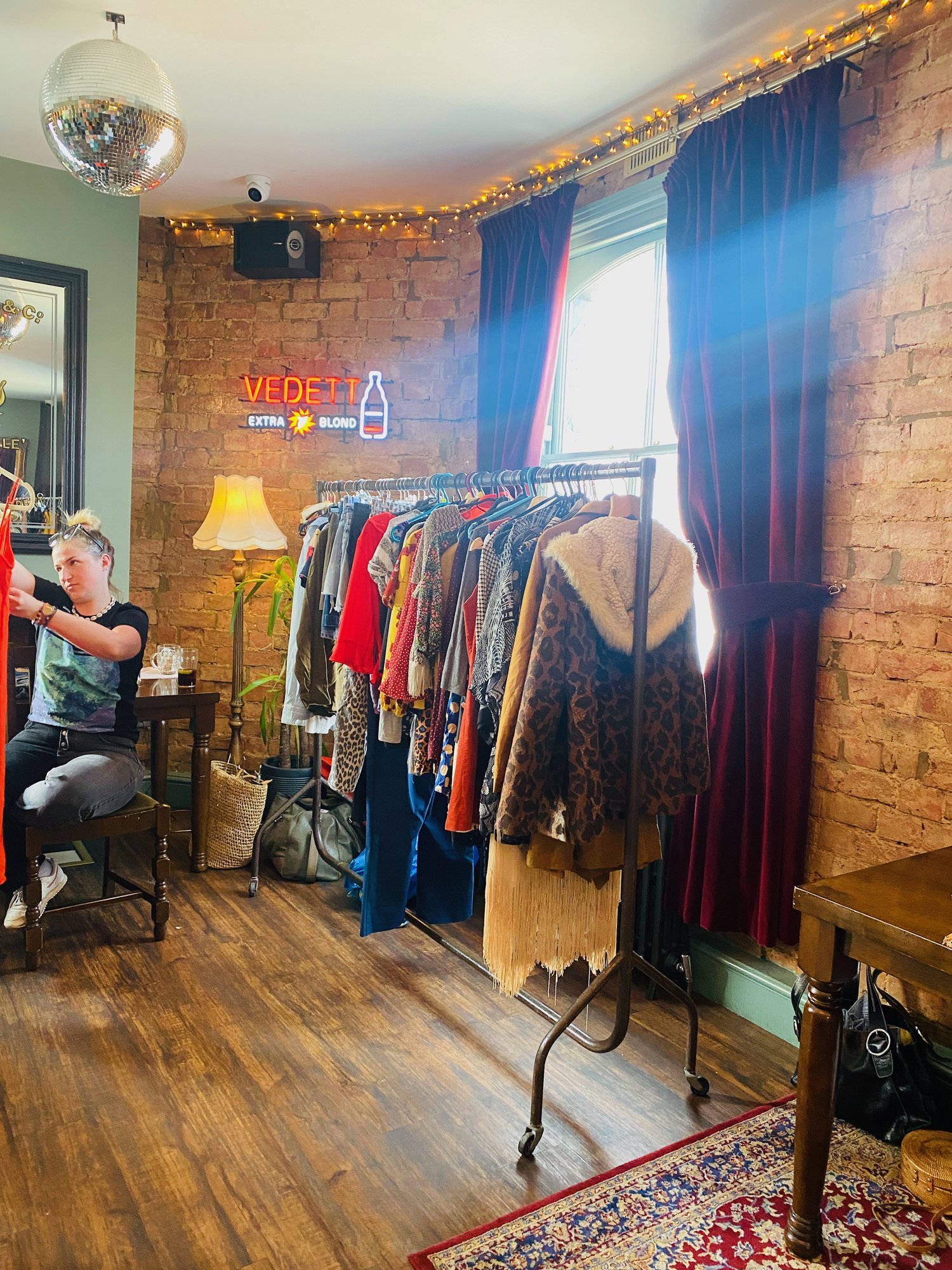How I resell my clothes online
I used to be a big shopper, I would say now that I am more of a big browser. There are still a lot of packages that come into the house but most of it goes back. In lockdown, as most of us were staring at the same four walls, I started to do a lot of clearing out and organising. What I didn’t use or need started to be posted online.It is said that 11 million garments end up in landfill so selling on preloved clothes is certainly a way to move forward environmentally too.
From HEWI – (hardly ever worn it) to Vinted, second-hand clothes resale sites have never been so popular.
I mainly like depop as it seems so much easier to use than eBay. it really is a lot easier than you think.here are some tips that I have started to follow when selling online:
Take lots of images
It is really important to take lots of pictures so that a customer can see every detail. This also tends to stop lots of questions that can be annoying to answer. I also take pictures of the size label too so that if for some reason it is listed incorrectly, you can refer to the picture.
How to sell clothes online
Take your photos in natural sunlight where possible and avoid shadows to provide a more accurate reflection of colours and materials. Also, don’t be afraid to make pictures of flaws. It is better to show defects such as a stain or missing button to avoid discussions and disappointed buyers.
Share the backstory of the item
Instead of using a generic ‘I don’t need it’ statement in the description, elevate your item and make it more memorable by simply sharing a story about it. It’s a great way for the buyer to feel even more excited about discovering it and importantly, kickstarts a connection with the new potential buyer and your item! For example, was it the jacket you wore on the first day to your new job? Or was it the backpack that survived your around-the-world travels? This will add even more value to the item as people love hearing these stories.
Price accordingly
If you need help pricing your item, a great place to start is to search for similar items and see the average selling price. You can then position yourself competitively depending on factors such as the brand and item condition.
Fill in all the relevant categories and descriptions
A successful formula for a good product description includes: the category (women, men, kids etc), the type (dress, shoes, top etc), colour, brand and condition. Buyers will often search for items using filters, so if you want your item to show up, make sure you add these details at a minimum.
Use hashtags
On certain platforms, buyers will use hashtags to look for items, so include key hashtags in your item description. Use key words such as #dress or #handbag, and if your item fits into a particular trend, include a hashtag for that too, for example #Y2K
Offer postage options
Some platforms offer integrated shipping options where buyers can choose from a selection before paying, allowing you (the seller) to easily print out the relevant postage label before posting. Do offer as many options as you can to allow for greater flexibility for the buyer. Some platforms can even work out the postage cost for you if you can provide package dimensions and weight.
Upload regularly
Upload new items regularly as some platforms allow your followers receive a notification each time you list a new item. This ensures you return to the top of their feed!


